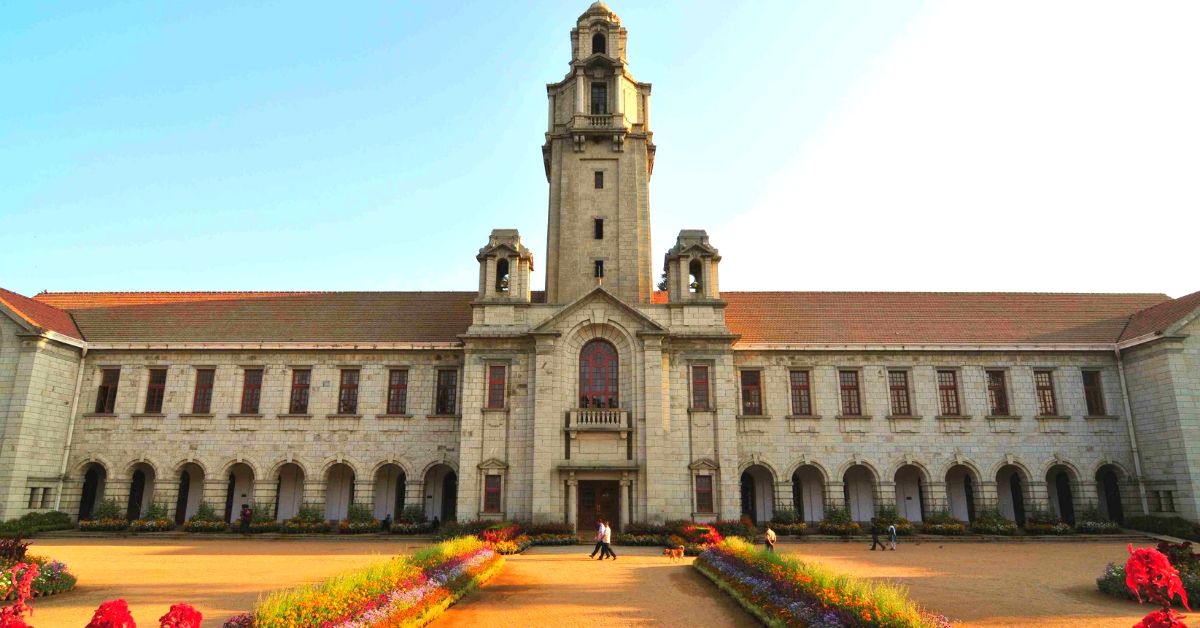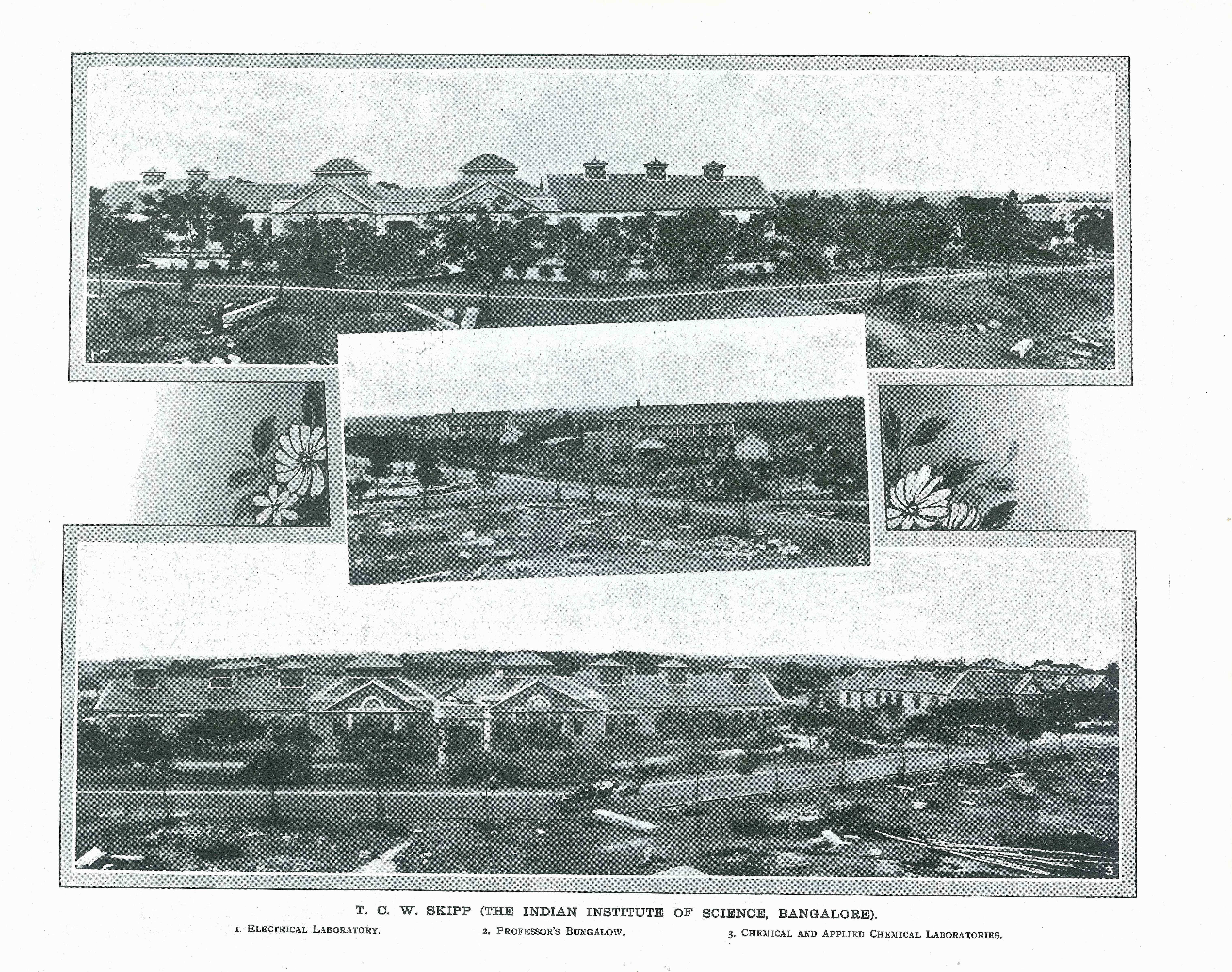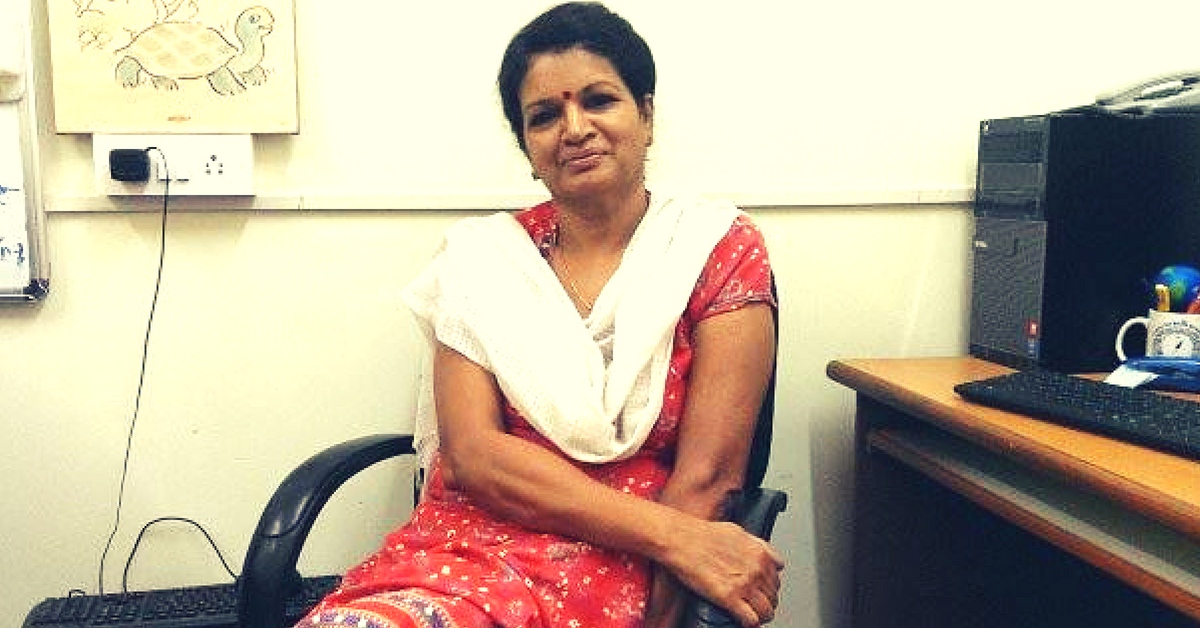IISc Turns 110: 5 Reasons Why the Indian Institute of Science Is Iconic For India
From Homi Bhabha and Vikram Sarabhai to U Ramamurty, some of India’s most brilliant minds have been associated with this century-old premier institute in Bengaluru!

On this day, 110 years ago, the then British Government in India passed a vesting order that established the Indian Institute of Science (IISc) in Bengaluru on 371 acres of land that the Mysore Durbar had donated.
IISc was conceived in the 1800s by the renowned businessman and philanthropist Jamsetji Nusserwanji Tata. Yet, sadly, he could not see the institution come into being.
IISc was founded in 1909, with Two Departments: General and Applied Chemistry and
Electrotechnology but today, the IISc has over 40 departments spread across six divisions.
In its a century-old journey, IISc has added innumerable feathers to its hat, and in 2017, made history.
At the eighth position, it became the first and the only educational institute in India to feature among the top 10 global universities as per the Times Higher Education, reported The Times Of India.

On the birth anniversary of IISc, we look at some of its finest, most innovative, and pathbreaking achievements that made India proud globally:
IISc Launched Aerospace Research in India

In 1942, when the Nazis were working on their Final Solution to the Jewish Question and the Japanese military inched close to mainland India, IISc was setting up the Department of Aeronautical Engineering.
The Department was set up with laboratories and a wind tunnel to test the Hindustan Aircraft Limited (HAL, renamed Hindustan Aeronautics Limited in 1961) aircraft models.
It also trained skilled people including electricians, machinists and carpenters. A year later, it started imparting practical lessons in collaboration with HAL and British Royal Air Force (RAF) personnel. This was the beginning of IISc’s contribution to develop the aerospace research in India.
In 1946 again, the Institute’s true value was recognised by a Mission from the Ministry of Aircraft Production. The Mission reported that it could contribute to the aircraft industry, both in terms of research and personnel training.
In 1960, the National Aeronautical Laboratory (NAL, renamed National Aerospace Laboratories in 1993) relocated from Delhi, where it was set up the year before under the Council of Scientific & Industrial Research (CSIR), to premises in Bangalore.
Srinivas Bhogle, who worked at NAL for over two decades, writes that a report authored by Nilakantan in 1956 recommending R&D in aeronautical engineering may have driven the establishment of NAL as well as the Defence Research and Development Organisation’s (DRDO) Aeronautical Development Establishment (ADE).
Read more here.
Prestigious Names Associated with IISc

From nuclear physicist Homi Bhabha, founder of India’s space programme Vikram Sarabhai, author Sudha Murthy, Dr. Vasudev Kalkunte Aatre, the former head of the Defence Research and Development Organisation to Rajagopala Chidambaram who is known for his integral role in India’s Nuclear Weapons Program, IISc has had associations with the best of the minds who have held significant academic and industry positions around the globe.
The farsighted leadership of Satish Dhawan as Director of the Institute and also Chairman of the Indian Space Research Organisation (ISRO), helped the Indian Space Programme enter the big league of space-faring nations.
Another notable name that props up is of Nobel Laureate C.V. Raman who founded IISc’s Department of Physics in 1933. The department, with the largest number of PhDs in physics in India (110 since 1998), is a leading centre in the country for advanced postgraduate education and cutting-edge research in physics.
Scientists & Their Feathers

Kusala Rajendran, an earth scientist and seismologist was honoured with India’s first ever ‘National Award for Woman Scientist’ for Ocean Sciences and Technology and Atmospheric Sciences Technology, in July 2018. In 1993, she was awarded the Krishnan Gold Medal by the Indian Geophysical Union for her work in geophysics.
In 2015, U Ramamurty, a professor at the IISc, won The World Academy of Sciences (TWAS) Award in the engineering category with a cash prize of $15,000.
Prof Ambarish Ghosh at the Centre for Nanoscience and Engineering (CeNSE) was awarded the 2018 Shanti Swarup Bhatnagar Prize for his work on active magnetic colloids and nanomotors.
Dr Ganesh Nagaraju, Associate Professor at the Department of Biochemistry also bagged the same award in the same year for his work on DNA repair, chromosome instability, genetic diseases and cancer.
In this year’s list of prestigious Padma Shri Award, Professor Rohini Godbole of the Centre for High Energy Physics, was recognised for her work on high energy photons.
Soft Spot for the Environment
As witnessed over the decades, IISc has a soft spot for the environment with several eco-friendly solutions having been developed at IISc.

These include developing a method to mass produce trees from test tubes, pitching a sustainable water resource development strategy for Bengaluru and Mangaluru, restoring a 10,000-acre forest with a drone and seed-bombs, among others.
In 2018, the researchers developed an artificial leaf that successfully achieves artificial photosynthesis. Their process claims to be a 100 times more efficient than natural photosynthesis. The artificial leaf can absorb carbon dioxide from the atmosphere to generate fuel and release oxygen in the process, simulating the process of photosynthesis.
For farmers who form an integral part of the environmental system, the IISc scientists have come up with a technology that helps preserve fruits and vegetables for a longer period of time. The technology uses a device to first dehydrate the produce completely, which is then powdered and packed in cellophane bags.
In 2015, Dr. Suryasarathi Bose, Assistant Professor of Department of Materials Engineering and his team invented a water purifying system that could even eliminate harmful bacteria at a nanoscale level.
Inventions That Make Life Better & Easy

Developed by research students Deval Karia, and Rohit S Nambiar under the supervision of Prof B Gurumoorthy and Prof Ashitava Ghosal of the Centre for Product Design and Manufacturing (CPDM), the new state-of-the-art innovation—the LifeBox, extends the preservation time of an organ, specifically the heart for now, and allows for increased travel time and distances.
Meanwhile, Prof Mayanka Shrivastava has cracked the code to make WiFi 1000 times faster than it already is. Shrivastava’s team has made transistors out of graphene that consume lesser power and don’t heat up as quickly. Thus, they can allow high-speed signals reaching the Terra Hertz (THz) range.
S Asokan, Professor at the Department of Instrumentation and Applied Physics and his team developed a non-invasive heart condition detector. The device is wrapped around a person’s chest, while the sensors detect cardiac activities, measure blood pressure, count blood glucose levels, and monitor respiration. Made of an optical fibre sensor, this device can easily help detect heart conditions early.
A smartphone was converted into a powerful microscopic device that eliminates the various stages of blood testing to detect malaria. The phone requires a tiny amount of blood. It was developed by Dr Sai Siva Gorthi, of the department of Instrumental and Applied Physics.
Read More here.
A Former Professor Remembers IISc
The Better India spoke to Sharath Ahuja, a Post Graduate in Industrial Chemistry from the Alagappa University. He joined IISc in 1980, from where he retired in 2015 after a long spell of 35 years.
He served as Technical Officer II, Archives and Publications Cell.
“The IISc has contributed to the development of science and technology and given a generation of leaders who have gone to head some of the best organisations and institutions in the country. It has been a fantastic journey getting to listen to some of most the brilliant minds who visited the campus from across the world,” he says.
Also Read: IISc Alumnus Gifts ‘100 Suns’ to Maha Hamlet, Impact Touches Ghana & Bolivia Too!
(Edited by Saiqua Sultan)
Like this story? Or have something to share?
Write to us: [email protected]
Connect with us on Facebook and Twitter.
If you found our stories insightful, informative, or even just enjoyable, we invite you to consider making a voluntary payment to support the work we do at The Better India. Your contribution helps us continue producing quality content that educates, inspires, and drives positive change.
Choose one of the payment options below for your contribution-
By paying for the stories you value, you directly contribute to sustaining our efforts focused on making a difference in the world. Together, let’s ensure that impactful stories continue to be told and shared, enriching lives and communities alike.
Thank you for your support. Here are some frequently asked questions you might find helpful to know why you are contributing?


This story made me
-
97
-
121
-
89
-
167











